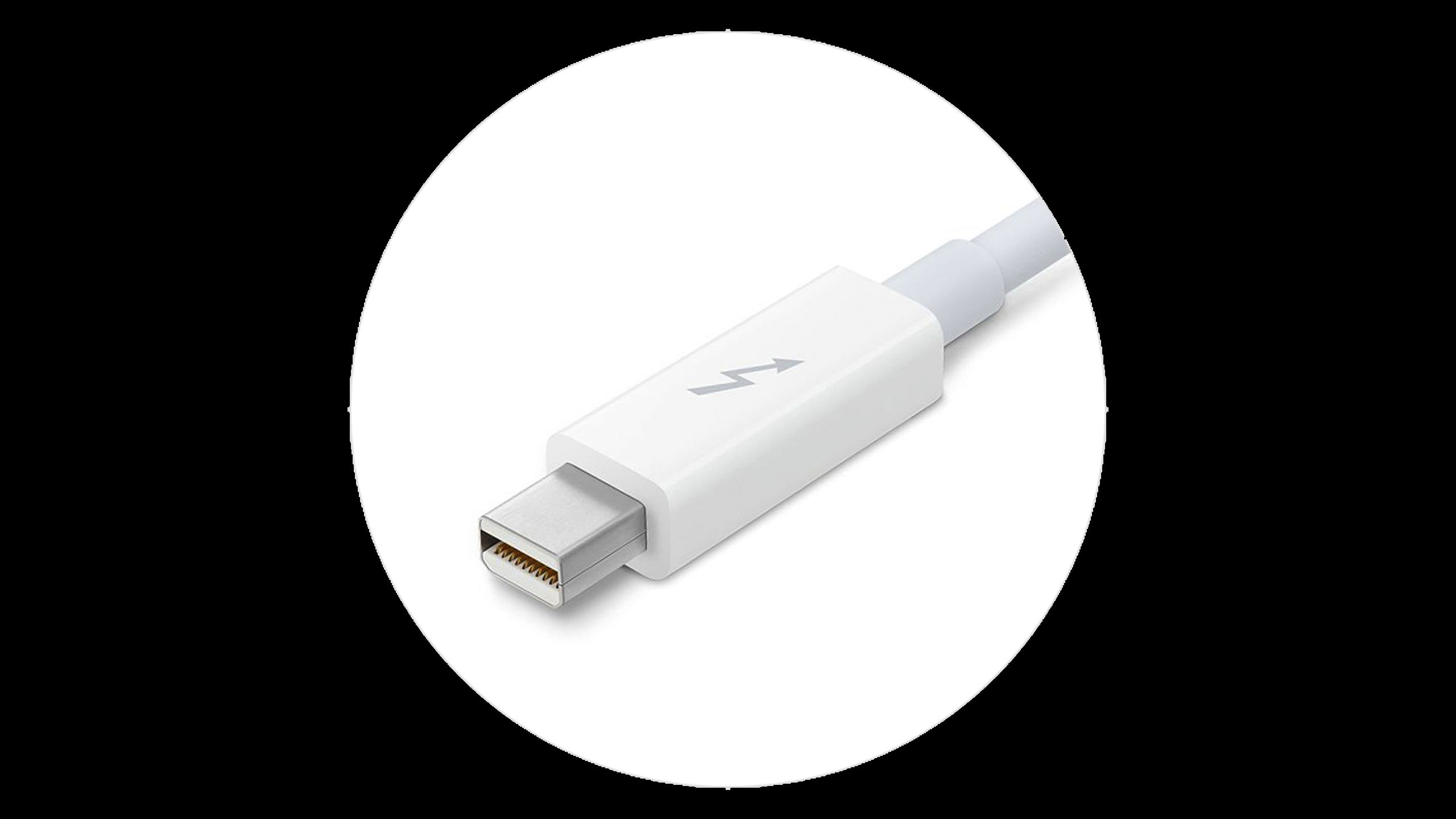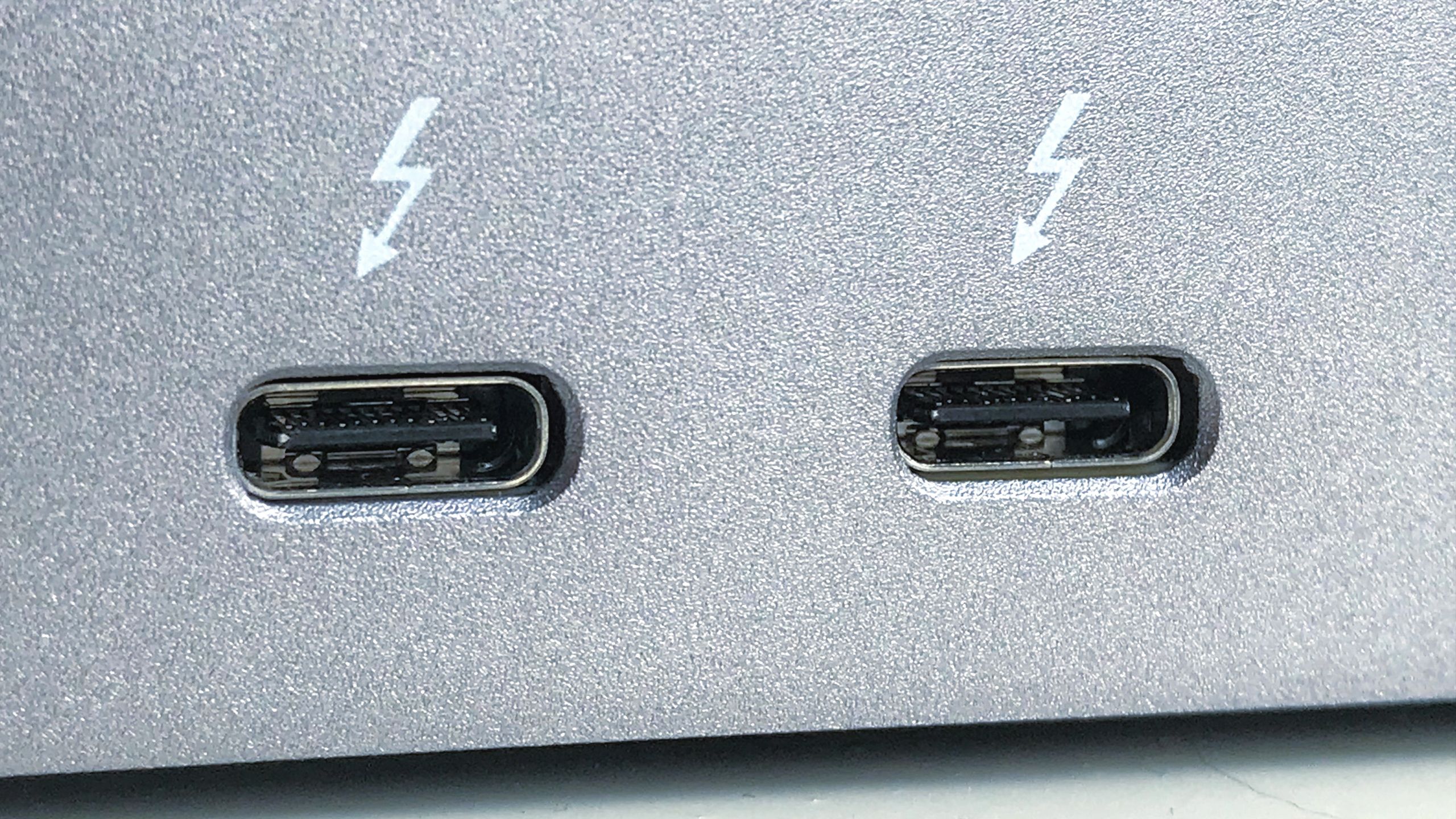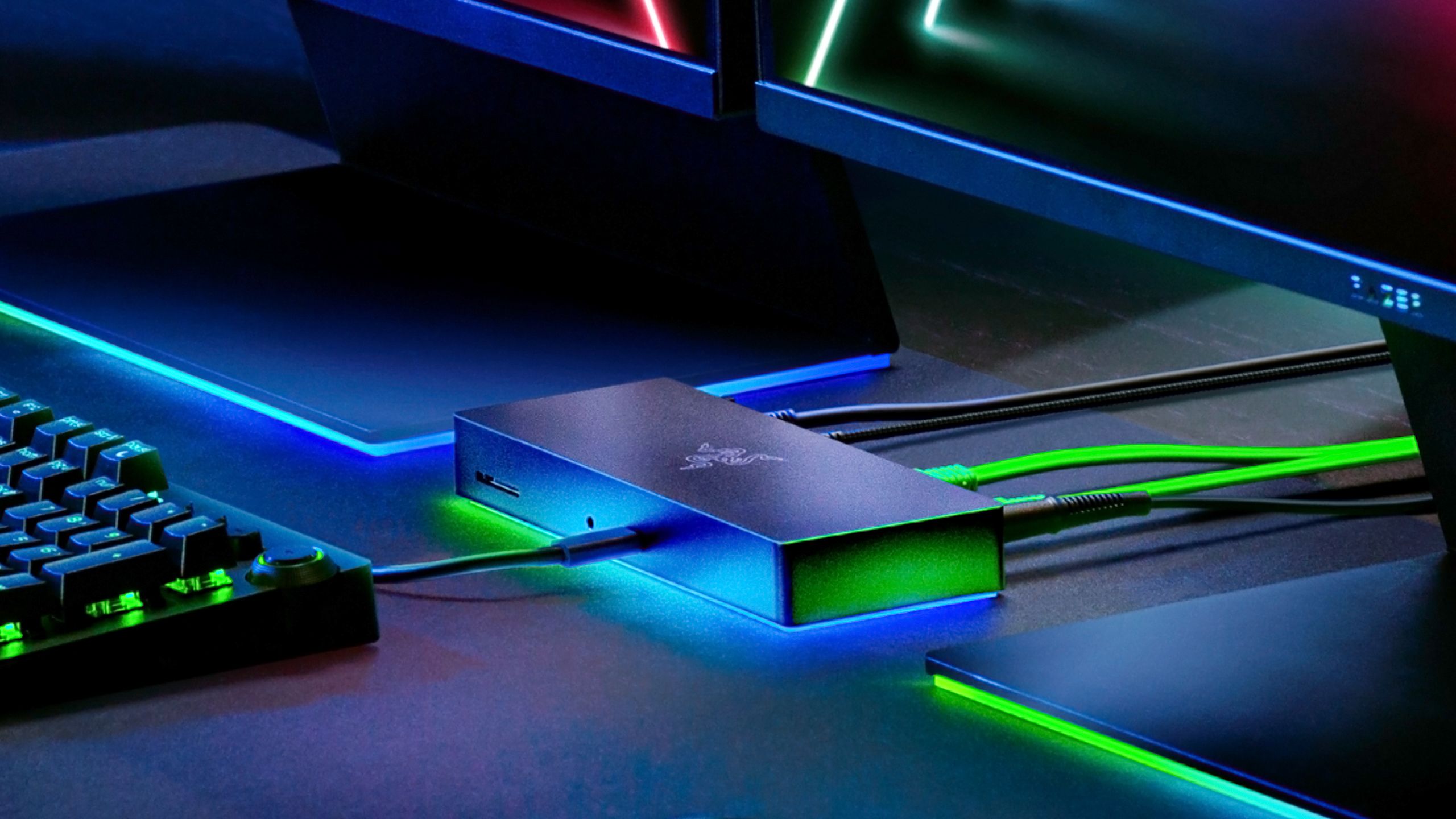Summary
- Thunderbolt 4 is very common, since it’s often associated with USB 4, and enables some very powerful docks, drives, and displays.
- The latest standard is Thunderbolt 5, with even better performance than its predecessor — up to 120Gbps in some circumstances. The trade-off is that it’s also rarer and more expensive.
- As a rule, you should skip anything below Thunderbolt 4. Thunderbolt 3 is a weaker version of 4, and 1 and 2 are obsolete.
When you’re shopping for a new PC or Mac and considering ports, it’s usually most important to focus on how many USB-C connections there are, followed by how fast they run. Some computer makers still insist on loading machines with USB-A, even though USB-C is already de facto for many phones, tablets, SSDs, and other products. Either way, it’s ridiculous that we’re still dealing with 5Gbps ports in many cases when 10, 20, and 40Gbps versions of USB exist.
You’ve probably seen another connection type floating about, though: Thunderbolt. If you’re not familiar, here’s what you need to know about the different varieties of Thunderbolt, and why any new computer you buy should have at least one port equipped for it.
- Operating System
-
MacOS
- CPU
-
M4 Pro 14-Core CPU
- GPU
-
M4 Pro 20-Core GPU
- RAM
-
24GB, 48GB
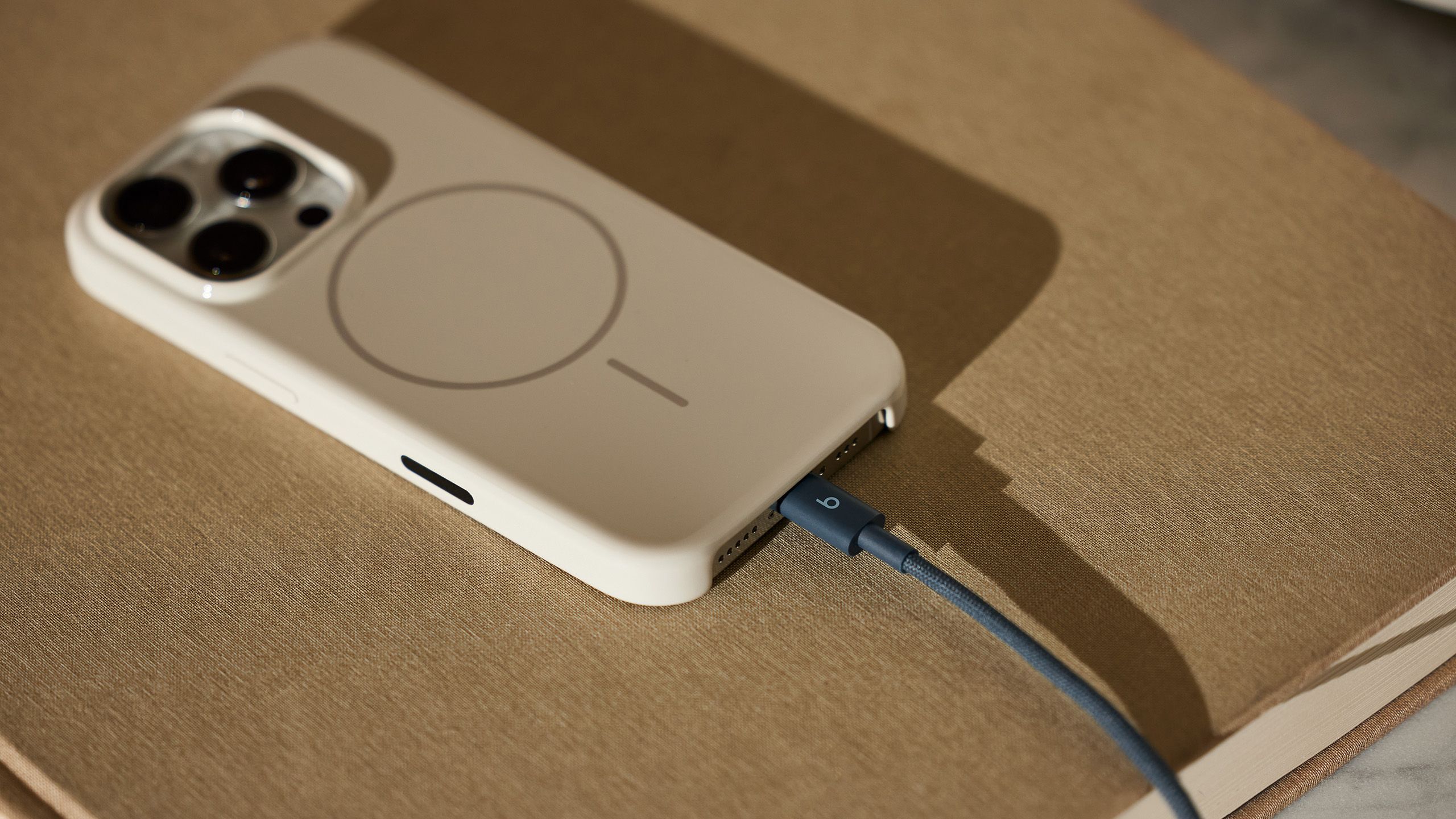
Related
Not all USB speeds are created equal (and yes, the numbers complicate things)
Confused by the various flavors of USB? So are we sometimes, but there is hard data out there.
Thunderbolt 1 and 2
The origins of the standard
Apple / Pocket-lint
I’m lumping Thunderbolt 1 and 2 together mostly to say this — don’t expect to find anything new using these technologies. Thunderbolt was born way back in 2011 out of a collaboration between Apple and Intel, and sure enough, the first two versions of the standard didn’t have much reach beyond the Apple ecosystem. In the modern tech landscape, something with either of them might as well be an antique.
Don’t expect to find anything new using Thunderbolt 1 or 2.
At best, you might be able to pair Thunderbolt 1 and 2 peripherals with later versions of Thunderbolt via an adapter. But those peripherals are likely old enough in their own right that you should be tracking down something newer, and even an adapter might not be enough. There were fundamental architectural changes in the transition to Thunderbolt 3.
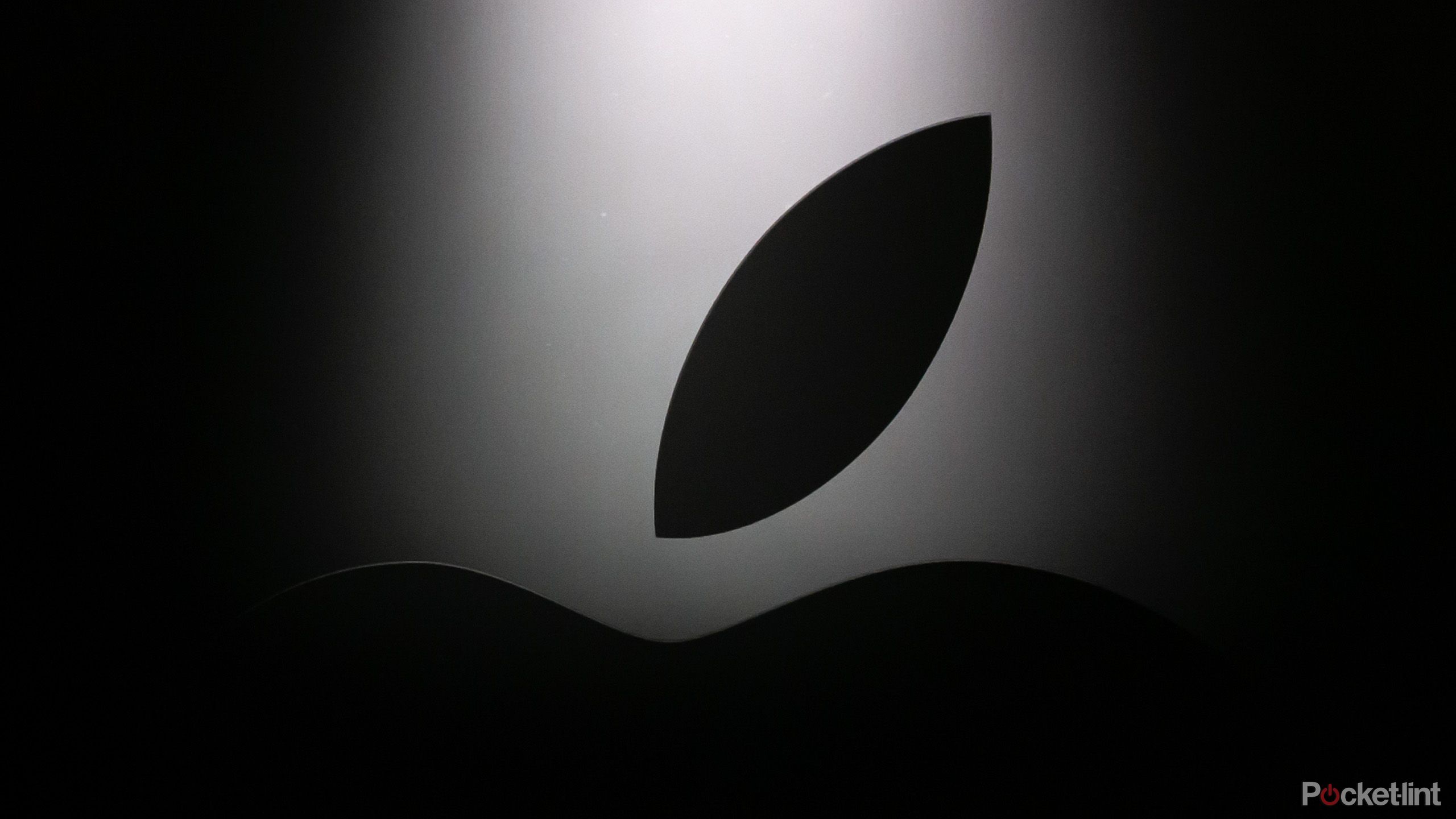
Related
The 5 coolest-looking Macs you probably haven’t heard of
If you’ve only started using Macs in the past decade or so, you missed out on some wild experiments.
Thunderbolt 3
Outdated, but still usable
This is the oldest version of Thunderbolt you’re likely to encounter in the wild. That’s because it shares the same connector type as USB-C, and if you attach a USB cable, the standard supports speeds up to USB 3.1 Gen 2 (10Gbps). Things get far more impressive with a true Thunderbolt pipeline, offering transfers of up to 40Gbps. You also get DisplayPort 1.2 video output at a minimum, and 1.4 on more recent iterations. Typically, there’s enough bandwidth to support two 4K monitors running at 60Hz, or a single 4K screen at 120Hz.
Power delivery varies. Optical Thunderbolt 3 cables can’t deliver any power, and copper ones are sometimes capped at 15W. When they support USB-PD (USB Power Delivery), however, copper cables can handle up to 100W, which is enough to run some peripherals without a separate power cord.
That brings us to one of the most important features of Thunderbolt: daisy-chaining. It’s sometimes possible to string multiple Thunderbolt peripherals together, reducing the need for docks or extra ports on the source device. I say “sometimes” because at least one peripheral has to have multiple Thunderbolt connections, and the practice doesn’t seem all that common outside of stringing a dock to a monitor.
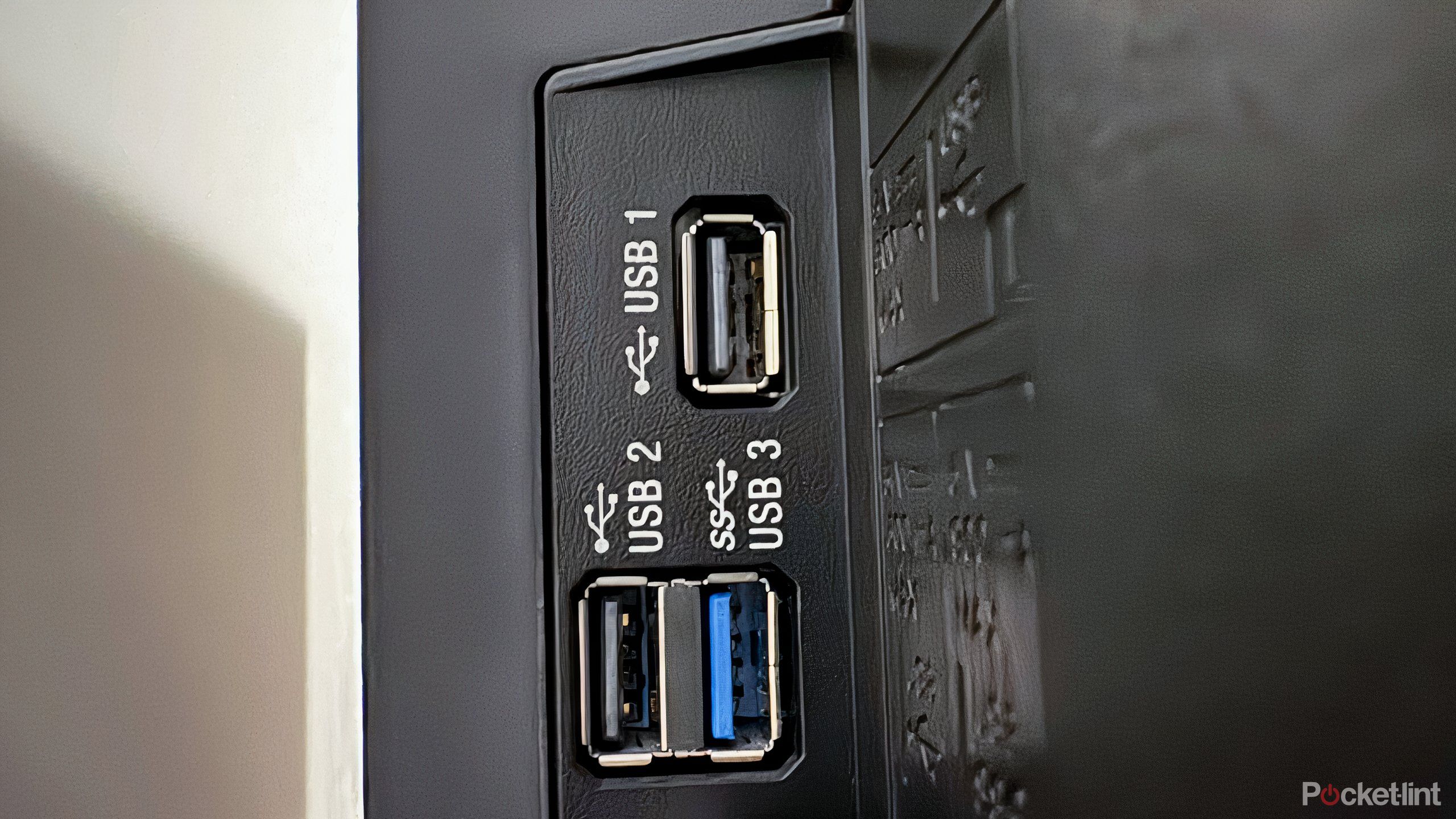
Related
Black vs blue: why are my USB ports colored on the inside?
Not all USB ports are made equal – here’s why some are black, some are blue, and others are even teal colored.
Thunderbolt 4
The most common format
Razer
Thunderbolt 4 represents a major leap forward. Not in terms of maximum bandwidth, mind — it’s still capped at 40Gbps like Thunderbolt 3. Rather, it’s because Thunderbolt 4 is intimately tied to USB 4. If you’ve got one of those two, you’ve almost always got the other, so it’s now quite common to find Thunderbolt on PCs, whereas you often had to go out of your way to buy a computer with previous Thunderbolt versions unless you were a Mac fan.
There’s been an explosion in Thunderbolt 4 docks, which allow you to dramatically expand your computer’s port capacity and/or declutter your desktop.
The upgrade also includes support for Thunderbolt Alternate Mode USB hubs, with that Alt Mode enabling two bidirectional 40Gbps channels per connection. Because of this and USB 4’s broader appeal, there’s been an explosion in Thunderbolt docks, which allow you to dramatically expand your computer’s port capacity and/or declutter your desktop. My Razer dock, for example, includes four Thunderbolt 4/USB-C connections, three USB-A 3.2 Gen 2 ports, an SD/UHS card reader, and a gigabit Ethernet jack. If I wanted to, I could completely skip the ports built into my laptop.
Some tablets support Thunderbolt 4 as well, such as Apple’s iPad Pro. Indeed, you’ll probably need a Thunderbolt dock if you intend to turn a tablet into a workstation, since there’s often just one or two wired connections available.
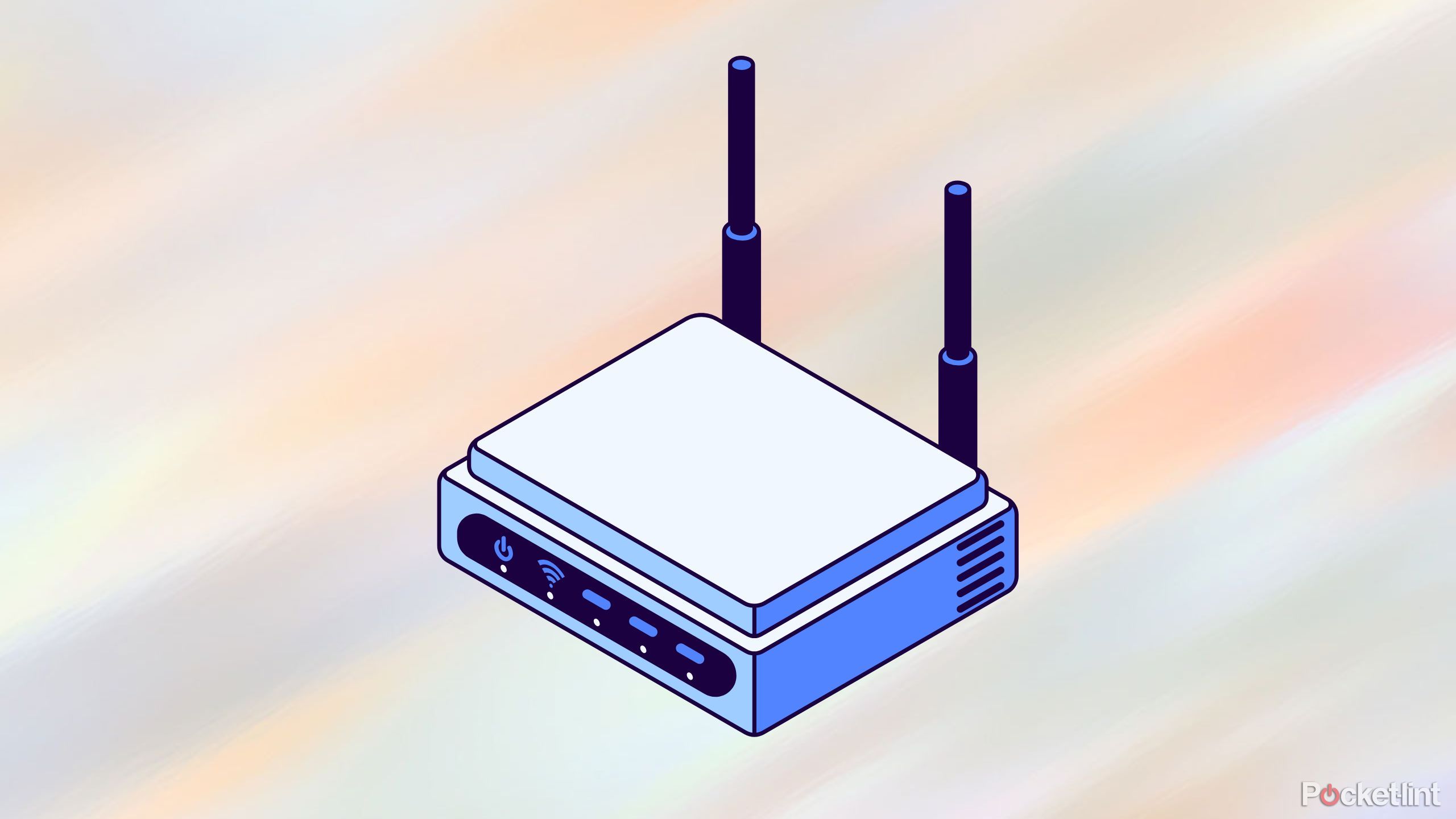
Related
4 router tricks I use to speed up my Wi-Fi for online gaming
Your gaming gear needs to be on a pedestal in your network.
Thunderbolt 5
The bleeding edge
Razer
Thunderbolt 5 is the newest iteration, and arguably an even further leap ahead than 3 or 4. On devices with USB 4 v2, the format supports two-way transfers up to 80Gbps, and unidirectional ones up to 120Gbps, with the second channel dropping to 40Gbps. That can make a massive difference in backing up drives or working with large amounts of video content. Even at 80Gbps, you’re looking at copying a 1TB folder in only a minute and 40 seconds.
I’d stick with Thunderbolt 4 for now if you’re not concerned with maximizing display or storage speeds.
There’s more. For both storage and external graphics hardware, there’s improved data throughput using PCIe Gen 4×4. You also get support for DisplayPort 2.1 video output, and up to 240W of downstream power for attached devices. Depending on the exact cables and devices you’ve got, that DisplayPort compatibility can enable a very impressive gaming rig — at peak performance, you’ll pump out 4K video at 240Hz, or 8K at 85Hz. More practically, you could set up two 4K 120Hz monitors or an equivalent ultrawide.
There are two big catches with Thunderbolt 5, the first being the rarity of USB 4 v2 on computers. On top of that is the price and availability of Thunderbolt 5 accessories — the format has only been around since 2024, so there’s a limited range of options, and you’ll be paying more for the privilege. I’d stick with Thunderbolt 4 for now if you’re not concerned with maximizing display or storage speeds.
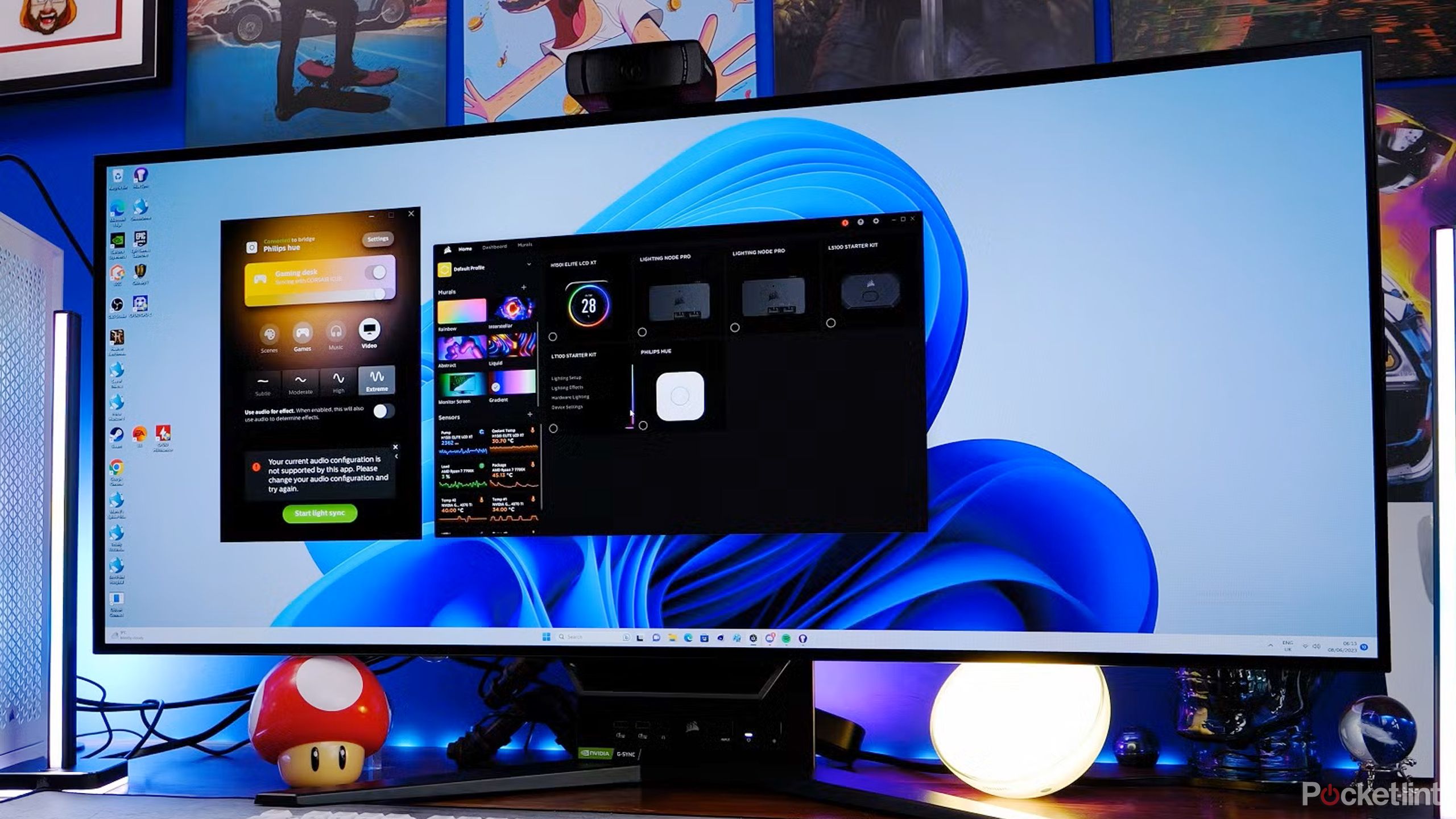
Related
4 tedious things to know before you buy an ultrawide monitor
The tech may look sexy, but it’s not for everyone.
Trending Products

Logitech MK470 Slim Wireless Keyboard and Mouse Co...

Wireless Keyboard and Mouse Combo, 2.4G Silent Cor...

HP 17.3″ FHD Business Laptop 2024, 32GB RAM,...

Wireless Keyboard and Mouse Ultra Slim Combo, TopM...


